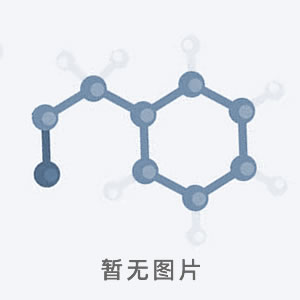本网站销售的所有产品仅用于工业应用或者科学研究等非医疗目的,不可用于人类或动物的临床诊断或者治疗,非药用,非食用。
Cytochrome C (CYCS)
英文名:Rabbit Monoclonal Antibody
Cas号:
Cas号:
检测信息查询

| 货号 | 规格 | 货期 | 库存 | 价格 | 会员价 | 订购 |
| 1308113479-100ul | 现货 | 0 | ¥0 |
| 别 名 | CYCS antibody, CYC antibody, HCS antibody, THC4 antibody, Cytochrome c antibody, antibody |
| Cas号 | |
| M D L | |
| 分子式 | |
| 分子量 | |
| 产品参数 | 【产品介绍】Cytochrome c is located in the mitochondria
of all aerobic cells and is involved in the electron transport system that functions in oxidative phosphorylation. It accepts electrons from cytochrome b and transfers them to cytochrome oxidase. In the process, the iron of the heme group, which is identical to that of hemoglobin and myoglobin, shifts from the ferrous to the ferric state (1). Recent progress in studies on apoptosis has revealed that cytochrome c is a pro-apoptotic factor. It is released from its places on the outer surface of the inner mitochondrial membrane at early steps of apoptosis and, combining with some cytosolic proteins, activates conversion of the latent apoptosis-promoting protease pro-caspase-9 to its active form. Cytochrome c release can be initiated by the pro-apoptotic protein Bax. This process is blocked by the anti-apoptotic proteins Bcl-2 and Bcl-xL (2). Also, differences in amino acid composition of cytochrome c have also been used as markers of biochemical evolution. Recommended Applications WB, IHC, ICC, IP Applications and Recommended Dilution Factors WB: 1:10,000 - 50,000 IHC: 1:250 - 500 ICC: 1:100 - 250 IP: 1:10 - 100 Species Reactivity * Human, Mouse, Rat *Cross reactivity determined by western blot only. Products Data Western blot analysis on (A) Molt-4, (B) SH-SY5Y, (C) human heart, (D) human kidney, and (E) human spleen lysates using anti-Cytochrome C RabMAb (cat. #3895-1). Immunohistochemical analysis of paraffin-embedded human kidney tissue using anti-Cytochrome C RabMAb (cat. #3895-1). Immunofluorescent staining of HeLa cells using anti-Cytochrome C RabMAb (cat. #3895-1). Specificity A synthetic peptide corresponding to residues in human Cytochrome C was used as an immunogen. |
| 性状 | 【反应特异性】Human , Mouse , Rat
【克隆 ID】EPR1327 【用途】WB , IHC , ICC , IP 【抗原分子量】14kDa |
| 贮存 | Storage Condition and Buffer Store at -20° C. Buffer: 50 mM Tris-Glycine (pH 7.4), 0.15 M NaCl, 40% Glycerol, 0.01% sodium azide and 0.05% BSA. Stable for 12 months from date of receipt. |

 小程序扫码下单
小程序扫码下单

 沪公网安备 31012002003054号
沪公网安备 31012002003054号